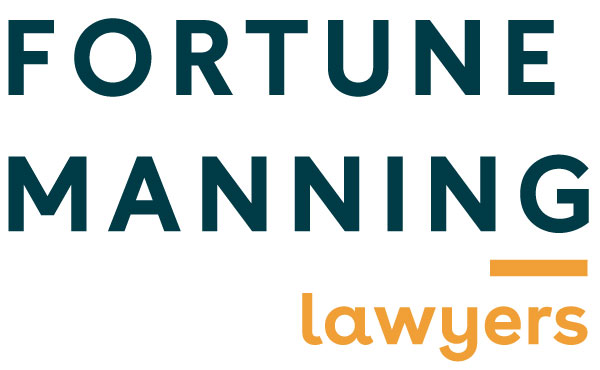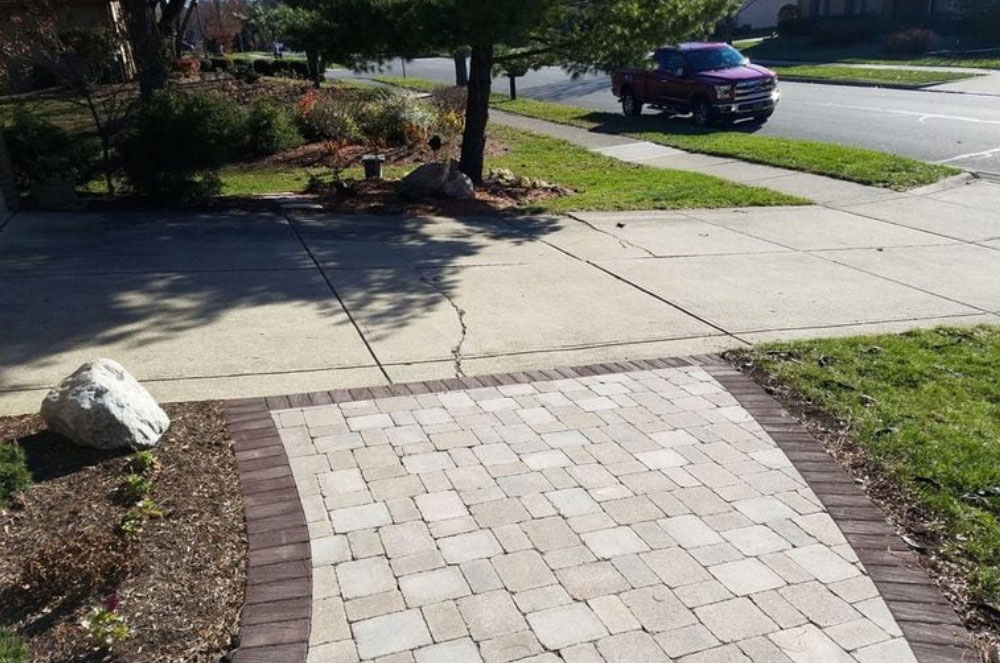The good old-fashioned way to create a drive-way It is not uncommon for adjoining landowners to share a driveway. Historically one or more of the land owners would own the “driveway”. This owner would then grant a right of way over the driveway in favour of the other landowners who use the driveway. The right of way would be created by what is known legally as an easement. The beauty of this is that the Land Transfer Act 1963 and the Property Law Act 1963 imply various provisions which govern the use of the right of way – not just by the underlying land owner but also by the other land owners who have the benefit of the right of way. Of particular importance and use are the following implied terms:
- The right to full free and uninterrupted use of the right of way for the purpose of access
- The right to establish and maintain the driveway within the defined area of the driveway
- The right to have the driveway easement area kept clear of obstructions (for example parked cars!!!)
- The right to a reasonable contribution from other users of the driveway towards the cost of establishing and maintaining the driveway
- The right to recover from another user the cost of repairs rendered necessary by the wilful or negligent act of such other user
The latest trend in driveway creation Recently surveyors and developers are increasingly creating driveways by way of an access lot held jointly by all of the owners who use the driveway. For example, a subdivision may have 16 lots. Each lot owner will own its individual lot together with an undivided 1/16th share of the driveway access lot. Incidental to the ownership of a share of the access lot is of course the right to use the access lot. This allows all owners to travel along the driveway. That’s great, but what if one of the owners insist on parking their car on the access lot; effectively preventing another owner from accessing their property? They own part of it, so they are not trespassing. There is nothing to prevent them obstructing the access lot. Problem! What if your neighbours, in the heightened frenzy of a boisterous party manage to run into the kerb, knock over the power pole and damage the driveway? Where does it say they pay for the repairs. Bigger problem! So what do you do? Shared access lots are fine if they are created properly and adequate provision is made to cover issues such as obstructions and repairs. Several options are available to the developer including registering an easement over the access lot or registering a set of covenants against the titles to the lots. Alternatively do away with the access lot and stick to an old-fashioned right of way easement. Which option is best will depend on the size of the driveway area, number of users, and to an extent the type of purchaser the developer intends to market to. The more expensive the lots the more purchasers will expect these types of issues to have been tied down. Discerning purchasers of an extensive up-market development may even expect a management provision to have been provided so as to ensure the driveway is maintained to a high standard by all lot owners and provide a forum of disputes to be resolved. Developers should also bear in mind that Council has certain powers and requirements in relation to rights of way. Your options may be limited (or at least more expensive) if thought is not given to this at an early stage. Consultation is time well spent. Discussions between the developer, the surveyor and lawyer at an early stage will streamline the process saving time, potentially money and headaches leaving the developer to get on with the real business – selling the lots.


